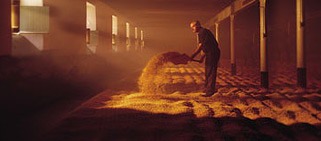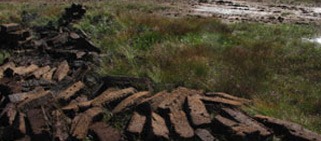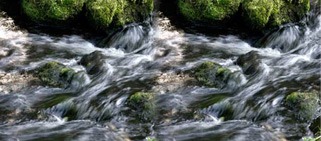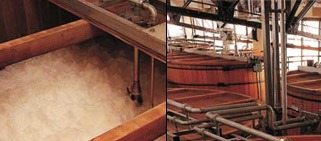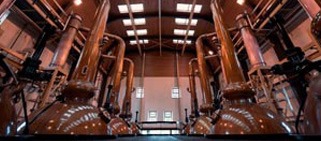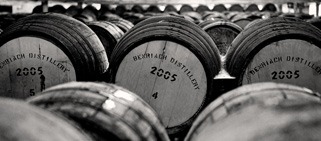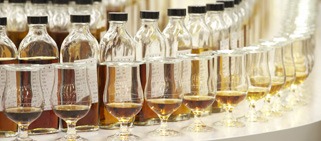Whisky is a spirit obtained through distilling one or several grains and ageing the distillate in oak barrels, while cognac and armagnac are made from grapes, calvados from apples (and pears), and rum from sugarcane. However, grain, fruit and sugarcane cannot be directly distilled in a still. The sugar contained in the grain or fruit must first be extracted and converted into alcohol with the help of yeast: fermentation is the pivotal action in this complex process.
Simply speaking, whisky can be described as a spirit made from fermented grains, in many ways a beer - just as cognac is a spirit made from wine, and calvados a spirit made from cider. The ingredients that go into a whisky appear straightforward: grain, water and yeast, with the mixture being placed in various vats and filters before being passing through stills and aged in oak barrels. Yet each ingredient, step and tool is of paramount importance in creating the whisky’s aromas and texture. Read on to discover each step involved.
